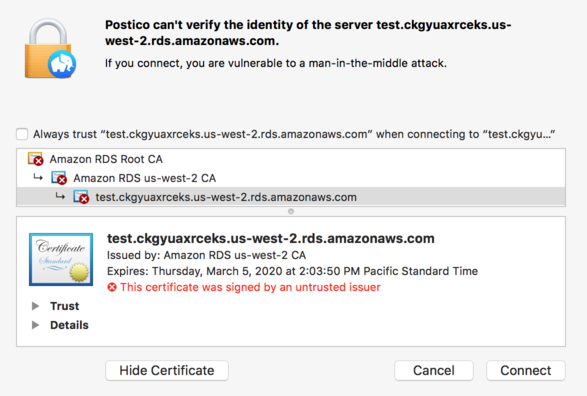
The following example (output abridged) shows all bridge groups on the Server Switch.ĭisplays the number of the slot that the card occupies.ĭisplays the type of the interface card that the administrator specified with the type command. Displays false if the bridge group does not belong to a multicast group.ĭisplays the redundancy group to which the bridge group belongs.ĭisplays none (when the bridge group is not in a redundancy group), primary, or secondary.

Refer to the Ethernet Gateway User Guide for more information.ĭisplays true if the bridge group belongs to a multicast group. Displays ? if you disable ARP Packet Painting. Displays False if you disable broadcast forwarding.ĭisplays one if you enable ARP Packet Painting. Table 6-1 describes the fields in the show arp ethernet command output.ĭisplays the integer-value identifier of the bridge group that the administrator assigned with the bridge-group command.ĭisplays the ASCII text string identifier that the administrator assigned with the bridge-group command.ĭisplays the trunk that the bridge group uses to connect to the Ethernet switch.ĭisplays the internal gateway slot#/port# of the bridge-group.ĭisplays True if you enable broadcast-forwarding. Your Server Switch dynamically creates ARP connections on an as-needed basis and removes ARP entries from ARP routing tables when connections drop. User Execute mode, Privileged Execute mode.

This command has no arguments or keywords. To display entries in the Ethernet ARP routing table, enter the show arp ethernet command in User Exec mode or Privileged Exec mode.

This chapter documents the following commands:


 0 kommentar(er)
0 kommentar(er)
